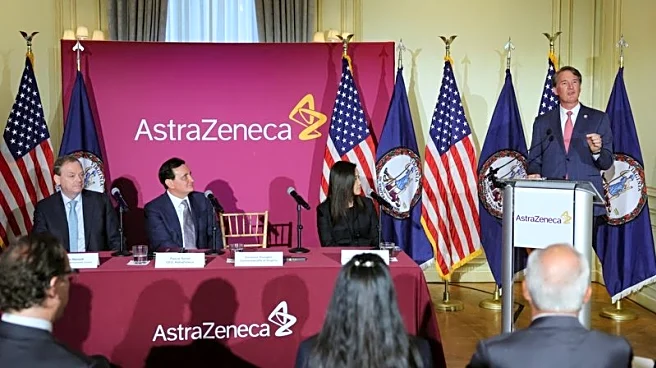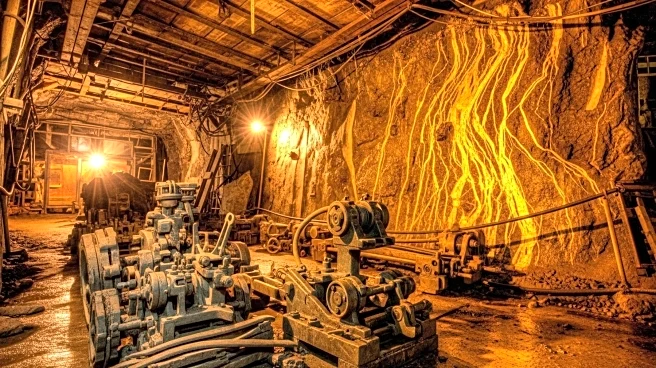What is the story about?
What's Happening?
Botswana has implemented a new regulation requiring mining companies to offer a 24% stake in new concessions to local investors if the government chooses not to purchase it. This rule, effective from October 1, aims to increase local ownership in the country's mineral wealth. Previously, the Mines and Minerals Act allowed the government a 15% shareholding, with a higher stake option in diamond projects. The legislation also mandates the creation of funds for environmental rehabilitation.
Why It's Important?
This regulation is significant as it seeks to enhance local participation in Botswana's lucrative mining sector, particularly in diamond and copper mining. By increasing local ownership, the government aims to ensure that more of the economic benefits from mining activities are retained within the country. This move could lead to increased investment in local infrastructure and development projects, boosting the national economy and providing more opportunities for local businesses and investors.
What's Next?
The regulation may prompt mining companies to reassess their investment strategies in Botswana, potentially leading to increased collaboration with local investors. The government is also in negotiations to acquire a majority stake in De Beers, which could further alter the dynamics of the mining industry in Botswana. As these changes unfold, stakeholders will be closely monitoring the impact on the country's mining sector and overall economic growth.
Beyond the Headlines
The mandate for local stakes in mining concessions reflects broader trends in resource nationalism, where countries seek greater control over their natural resources. This approach can lead to tensions between governments and multinational corporations, as companies may face increased regulatory hurdles and changes in investment conditions. The focus on environmental rehabilitation funds also highlights growing concerns about sustainable mining practices and the need to balance economic development with environmental protection.
AI Generated Content
Do you find this article useful?














